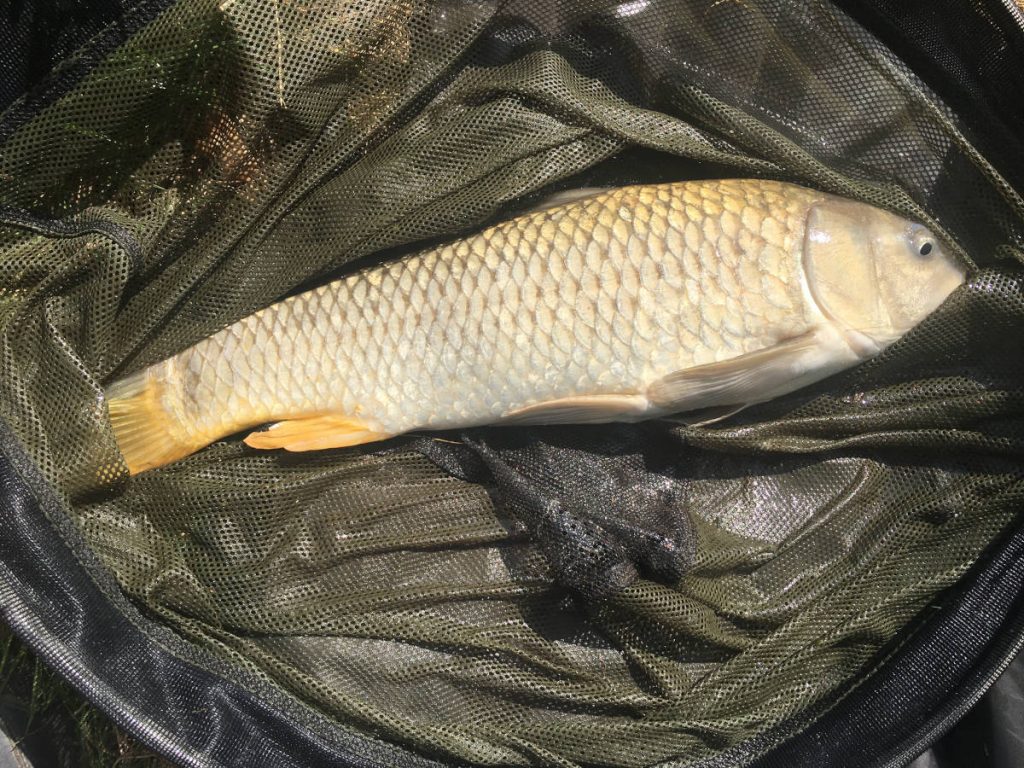A Comprehensive Guide to Understanding Lake Fish

In this article, I will explore some of the most common lake fish species, their behaviours, and habitats. I will share some tips on how to catch them.
Lake fishing is a popular outdoor activity that offers a blend of relaxation and excitement. Whether you are a seasoned angler or a beginner, understanding the different fish that inhabit lakes can enhance your fishing experience.
Types of Lake Fish Species
1. Bass
Bass are among the most sought-after lake fish species found in freshwater lakes. There are several types of bass, including largemouth bass, smallmouth bass, and spotted bass.
- Largemouth Bass (Micropterus salmoides)
- Recognisable by their large mouths and dark green bodies with horizontal stripes.
- Typically found in warmer waters with plenty of vegetation.
- Prefer hiding in areas with cover, such as submerged logs, rocks, and weeds.
- Aggressive predators feed on smaller fish, insects, and amphibians.
- Fishing Tips:
Early morning and late evening are the best times to catch largemouth bass. Use top water lures, crank baits, or soft plastics. They often strike when the lure mimics the movement of their natural prey.
- Smallmouth Bass (Micropterus dolomieu):
- Smaller than their largemouth cousins. Have bronze-coloured bodies.
- Known for their fighting spirit, making them a favourite among anglers.
- Found in cooler, clearer waters. Prefer rocky bottoms and are often found near drop-offs and submerged structures.
- Fishing Tips:
Small-mouth bass are active during daylight hours. Use jigs, spinner baits, or live bait like minnows.
2. Trout
Trout are a cold-water lake fish species that thrive in oxygen-rich lakes with clear, clean water. The most common types of trout found in lakes include rainbow trout, brown trout, and lake trout.
- Rainbow Trout (Oncorhynchus mykiss)
- Known for their vibrant colours and pinkish stripe along their sides.
- Often stocked in lakes to support recreational fishing.
- Prefer cooler waters
- Found in deeper areas during the summer.
- Fishing Tips:
Rainbow trout can be caught using a variety of methods. This includes fly fishing, trolling, and bait fishing. For bait, you can use insects, worms, or artificial lures. Place them near the surface in the early morning or late afternoon.
- Brown Trout (Salmo trutta)
- More elusive and challenging to catch.
- They have brownish bodies with black and red spots.
- Often found in deeper, colder waters with plenty of cover.
- Fishing Tips:
Brown trout are most active during low-light conditions. Use spinners, spoons, or live bait like night crawlers. Patience is key, as brown trout are known for being cautious.
- Lake Trout (Salvelinus namaycush):
- Large, predatory fish that inhabit deep, cold lakes.
- They have dark, spotted bodies and prefer depths where the water is around 50–60°F.
- Fishing Tips
Lake trout fishing is best done with downriggers to reach the deep waters they inhabit. Use spoons or live bait like smelt. Trolling at slow speeds is effective in covering larger areas.
3. Walleye (Sander vitreus)
- Prized for their delicious, flaky meat, they are a favourite among freshwater anglers.
- Have olive to golden-coloured bodies with sharp teeth.
- Often found in large, deep lakes with clear water.
- Fishing Tips:
Walleye are most active during dawn and dusk. Use jigs, crank baits, or live bait like leeches and minnows. Walleye tend to stay near the bottom, so using a bottom bouncer rig can be effective.
4. Northern Pike (Esox lucius)
- Commonly known as pike.
- Aggressive predators with long, slender bodies and sharp teeth.
- Found in weedy areas of lakes, often lurking near drop-offs and submerged structures.
- Fishing Tips:
Pike are opportunistic feeders and will strike at almost anything that moves. Use large, flashy lures, such as spoons or spinner baits, to attract their attention. Be prepared for a strong fight, as pike are known for their powerful runs.
5. Yellow Perch (Perca flavescens)
- Small, schooling fish with yellow-green bodies and vertical black stripes.
- Commonly found in shallow waters with sandy or gravelly bottoms.
- Fishing Tips:
Perch are relatively easy to catch and are a great target for beginners. Use small jigs, minnows, or worms. Since they often travel in schools, once you catch one, you’re likely to catch several more in the same area.
6. Crappie
- Popular panfish with two main species. Black crappie (Pomoxis nigromaculatus) and white crappie (Pomoxis annularis).
- Known for their paper-thin mouths.
- Found in lakes with plenty of vegetation and submerged structures.
- Fishing Tips:
Crappie fishing is best in the spring when they move into shallow waters to spawn. Use small jigs, minnows, or soft plastics. Vertical jigging near submerged trees or brush piles is an effective technique.
7. Catfish
- Bottom-dwelling fish with whisker-like barbels around their mouths.
- Common species include channel catfish (Ictalurus punctatus) and flathead catfish (Pylodictis olivaris).
- Found in deeper, slow-moving parts of lakes.
- Fishing Tips:
Catfish are often caught using stink bait, chicken liver, or cut bait. Catfish are more active at night.
8. Bluegill (Lepomis macrochirus)
- Type of sunfish known for their distinctive blue and orange colouration.
- Found in shallow waters near the shoreline with plenty of vegetation.
- Fishing Tips:
Bluegill are easy to catch and are often targeted by beginners. Use small hooks, live worms, or crickets. They are particularly active during the warmer months.
Understanding the different lake fish species can enhance your fishing experience. As you can see, each species has its own unique behaviours, habitats, and feeding patterns. This can influence the techniques and equipment you use. By familiarising yourself with the lake fish species in your local lakes and adapting your fishing strategies. You will increase your chances of landing that prized catch.
Happy fishing!